Esteemed Reporter to Be Inducted into Santa Barbara Athletic Round Table Hall of Fame
John Zant Shares Some Tales from a Lifetime in Sports Writing
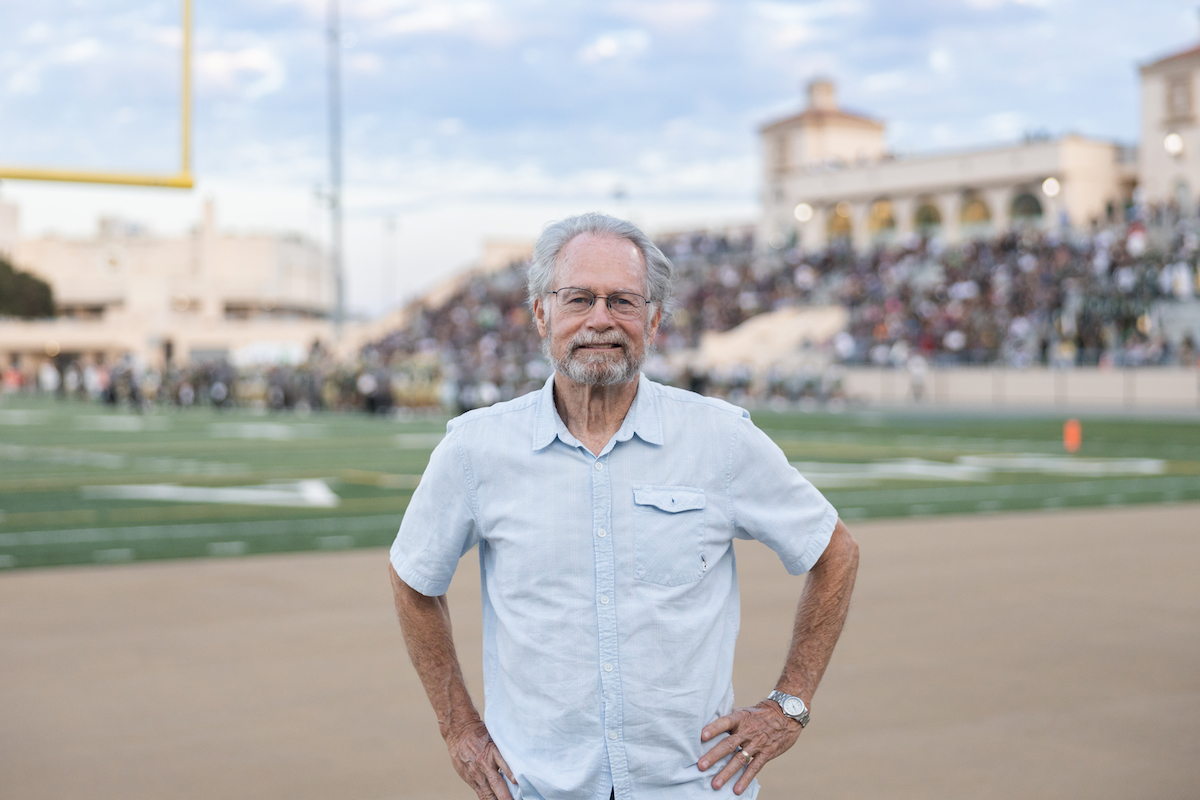
A veteran of a legendary career in sports journalism that has spanned more than 55 years, Santa Barbara Independent Sports Writer John Zant is being inducted into the Santa Barbara Athletic Round Table (SBART) Hall of Fame on Monday, September 18. Zant has covered many of the most acclaimed sporting events of the 20th century, from the Rose Bowl to the Olympics, and was a pioneer in covering women’s sports, among many other accomplishments.
To those of us who are captivated by the excellence of human endeavors, Zant has lived a dream that will echo into the future. He shares some of his favorite moments, memories, stories, and relationships from a lifetime in sports.
What is your favorite event you ever attended as a reporter? Game one of the 1988 World Series has to be near the top. I still guess it’s number one in the L.A. Times poll of what is the signature event in L.A. sports history with Kirk Gibson’s home run.
I was auxiliary press that day, so I was in the blue level. I wasn’t in the press box. It’s at the top two rows behind home plate. The seats in front of me were public. There was some guy there who was trying to impress his girlfriend. The A’s were up. José Canseco hit that grand slam to center field that hit the camera out there — or it would still be going into the parking lot. One of the hardest-hit balls I’ve ever seen. Then Mickey Hatcher hit a home run and sprinted around the bases. After the eighth inning, Dennis Eckersley is coming in to pitch, and this guy in front of me with his girlfriend says, “All right, I have to beat the traffic,” and they left, so I had a view of all the tail lights in the parking lot.
You are always thinking about what you are going to write over the course of the game. Gibson came up, and I said to myself, “Well, this is the story. It’s drama; he’ll probably strike out, but that’s drama too.” There was drama on every pitch. He hit a slow roller up the line that he never would have beat out, and it went barely foul. Mike Davis went to second base without a play, and then the home run.
I wrote my story, and it went on the front page. It was a column, not a game story. I compared it to The Natural when Robert Redford hit the home run. Besides all the fans leaving, several sports writers left before the ninth inning to go down to the interview room. I never leave a game. As Yogi Berra said, “It’s not over until it’s over,” so I was able to experience being there.
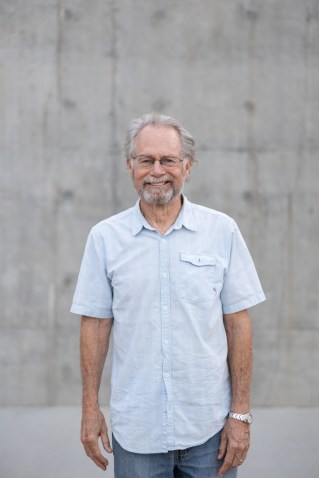
What makes the Santa Barbara sports media landscape unique? In the greater Santa Barbara area, [it’s the] five high schools and the natural rivalries between them. Because of its proximity to Los Angeles, it also has a connection to the Dodgers and the Lakers. There’s always been a lot of interest in those teams, which justified us covering those teams.
The climate and locality make Santa Barbara great for all kinds of sports. The oldest polo club in the U.S. and I think the pioneers of ultimate frisbee began here. You name it, and they play it here. Also, lots of great athletes have trained here and still do. Carl Lewis trained here before the 1984 Olympics.
How did you get into sports journalism? What led to you making a career out of sports writing? I was at UCSB and graduated in 1968, the year of the Mexico Olympics, and started at the Santa Barbara News-Press in the fall of 1968. It wasn’t just covering games; we all had to put together the paper and edit wire copy. There were teletype machines in this glass-encased room. There was a UPI teletype; there was an AP teletype; there was the New York Times teletype and this special thing called the race wire that transmitted horse-racing results.
I worked for the yearbook at UCSB. A friend of mine was sports editor of the yearbook my sophomore year, and I thought I could do that. In high school, I went to St. Francis of La Cañada Flintridge, where everybody played sports and everybody did extracurricular stuff. I worked on both the newspaper and the yearbook…. The paper only came out about twice that year because we were so busy doing everything else. We won the CIF Division 3A football championship my senior year. That was crazy for me to play in the L.A. Coliseum in front of 25,000 people after I had seen so many games there myself.
Sports were a big-time interest for me, but I didn’t put two and two together to become a sports writer. I graduated with a degree in anthropology, and I didn’t really have an idea how to become a sports writer. The key was my friendship with Donn Bernstein, the legendary sports information director at UCSB.
I was ready to head back to L.A., and Bernstein asked me what I was up to. I said, “Well, I’m looking at publications.” I actually applied to Sunset magazine. I liked selecting pictures. I didn’t do a lot of writing. I might have written a few things for the student paper, but I don’t remember. Bernstein said to me “The News-Press is looking for someone to cover high school sports.” I thought I could certainly cover high school sports. He called Phil Patton [the sports editor] that afternoon on Sunday and arranged for me to come up Tuesday for an interview, which I did and got the job.
What was your favorite part of the glory days of the Santa Barbara News-Press? We were a major institution in the community. There was the city government, and then there was the News-Press covering things and keeping an eye on things. My first year, 1968-69, was the year of the oil spill in January, 1969. The News-Press was all over it.
There was a little box on the front page every day, because there was still leakage out there, that said, “Oil Spill in its 368th” (or whatever) “day — when will it end?” I don’t know how long that little box lasted, but you know like they say, the environmental movement started here.
Even though sports are supposedly fun and games, even as a sports writer, I feel that I am a part of something important here in this town and I’m contributing to it in a certain way because there is interest in sports in this town and some people read the newspaper because of sports.
Who is your favorite of all time and why? It’s hard to go against my good friend Sam Cunningham because of how great he was as an athlete when I covered him, especially when I covered him in the 1973 Rose Bowl, where he was the star.
Four years earlier, I would have said OJ Simpson was my favorite athlete, because the very first Rose Bowl game I covered — on January 1, 1969 — was USC against Ohio State. Simpson ran 80 yards for a touchdown and he had also run at the Easter Relays in Santa Barbara twice. He had all the glamour and glitz that OJ Simpson became known for. With what happened in later years, you realize we don’t really know these people.
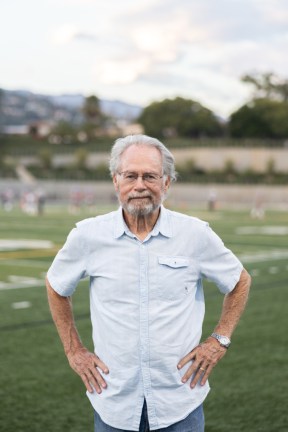
But in the case of Sam Cunningham, I felt I did know him. He was just a great, salt-of-the-earth guy. He retired from the Patriots as the all-time leading rusher, and he went into some kind of picture-frame business. He lived in Inglewood, enjoying a regular middle-class life the rest of his life. He never ran around telling everybody how great he was. He left it to me or you to tell people how great he was. I kept in touch with him, too. I didn’t keep in touch with OJ. I just read about him.
A few weeks after that Rose Bowl I covered, Sunset magazine called. I flew up to San Mateo, and they offered me a job. But Sunset had no sports. I was interested in outdoors stuff, but I can’t say that I was interested in home furnishings and cabinet-making. The travel aspect of Sunset interested me, but I had just covered the Rose Bowl game and I sat across from OJ Simpson like I’m sitting across from you. Phil Patton said he thought they might be able to keep me on full-time, so I said, “I’ll take that gamble to stay a sports writer.”
You were around during the inception of Title IX and one of the pioneers nationally when it comes to women’s sports coverage. How has that evolved to where it is today? One of the proudest things I’ve ever done in journalism was, in 1973, I wrote a four-part series about the rise of women’s sports. There’s no mention of Title IX in that series; it had passed a year before, but no one connected the dots. But there was still a movement for more participation.
Back then, most of the girls’ athletics in high school was intramural and run by old gym teachers. The girls had to wear skirts, and basketball was a half-court game. I anticipated what was coming down. I think I was a little ahead of my time in writing that series.
Sports Illustrated came up with their own four-part series on women’s sports a few months after that. Not that they were inspired by me, but someone at Sports Illustrated was thinking the same thing.
The first part was an overview, and I wrote about Lyn Carman. She was maybe the second woman to run a marathon. Back then, the AAU [Amateur Athletic Union] had a limit of half a mile for women to compete, which was two laps. At no track meet was there an event longer than 880 yards for women. Then there was the old story about the Boston Marathon and women getting pulled off the course when they tried to run. Santa Barbara had one of the early marathons back then, and women were running it. I thought, why can’t women have more opportunities to play sports?
The second part was about the funding. The budget for men’s sports was like $100,000, and UCSB had five women’s sports and the total budget was $5,000. In part three, I wrote about whether the answer was for women to be able to compete against men, but the general consensus was that wasn’t the way to go.
The last part was just about the culture of women’s sports and how it wasn’t as “win at all cost” as the men’s. Originally the AIAW [Association for Intercollegiate Athletics for Women] didn’t allow scholarships. They wanted to keep it pure and amateur, but of course that all evolved, and now women’s and men’s sports are on equal footing when it comes to winning at all costs. I think that was a pretty good project that I did on my own accord.
I began covering the UCSB women’s basketball team in the 1990s, when they made 11 appearances in the NCAA tournament, including nine in a row from 1997-2005. UCSB budgeted $1,000 for women’s basketball when I wrote the articles in 1973. Two decades later, I was covering the Gaucho women as they flew to games all over the country and made 11 appearances in the NCAA Tournament.
411: On Monday, September 18, the Santa Barbara Athletic Round Table will induct seven new members into its Hall of Fame: athletes Alex Mack (San Marcos High), Sami Hill (Dos Pueblos), Paula Charest Lilly (Bishop Diego) and Jenna Ridgway Corliss (San Marcos); tennis coach Greg Patton, a Bishop Diego and UCSB alum; San Marcos alum Harvey Bottlesen, who founded the Santa Barbara Tennis Club; and journalist John Zant, a UCSB alum, for his seven decades of providing quality sports writing for the community, including as a longtime writer for the Santa Barbara Independent. The Round Table also honors Bill Bertka at the ceremony. One of the organization’s founders, he has a long history as a coach and consultant with the L.A. Lakers.

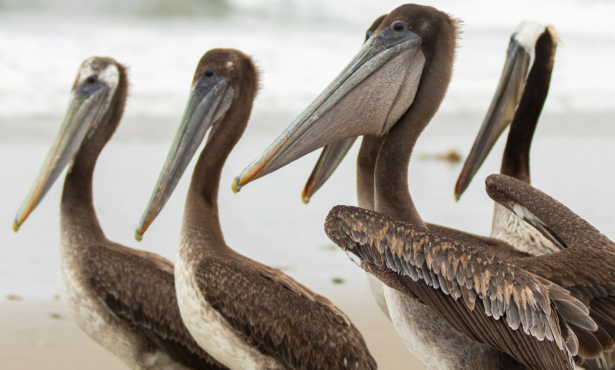
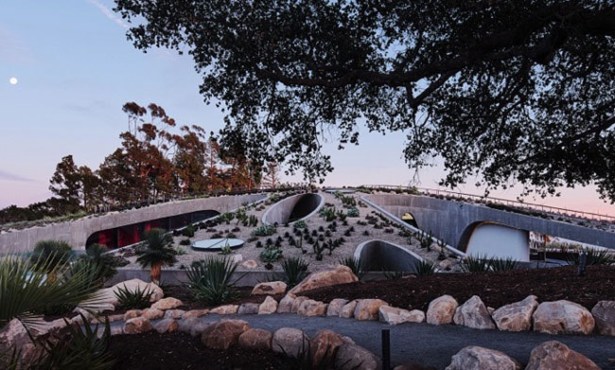

You must be logged in to post a comment.